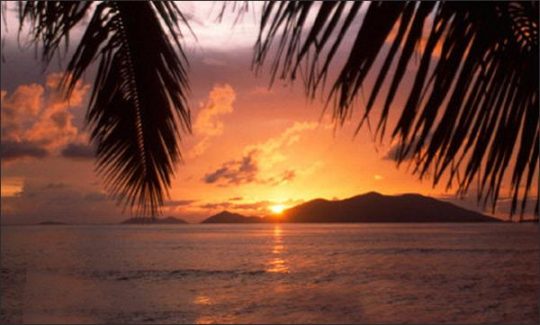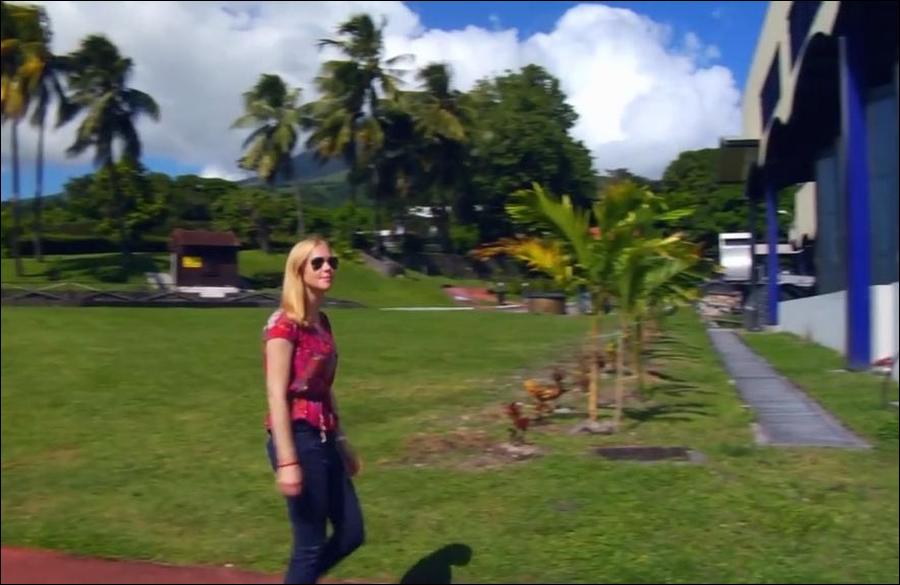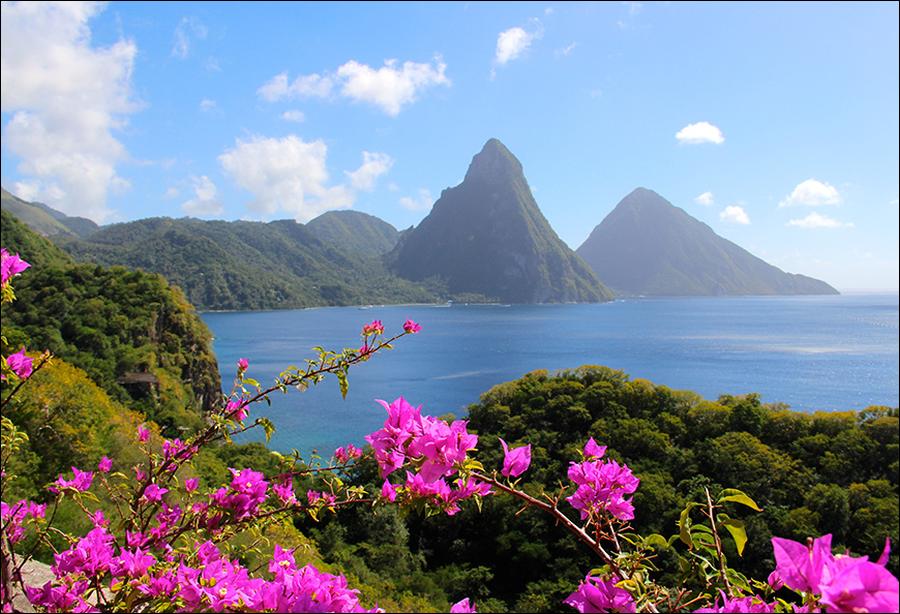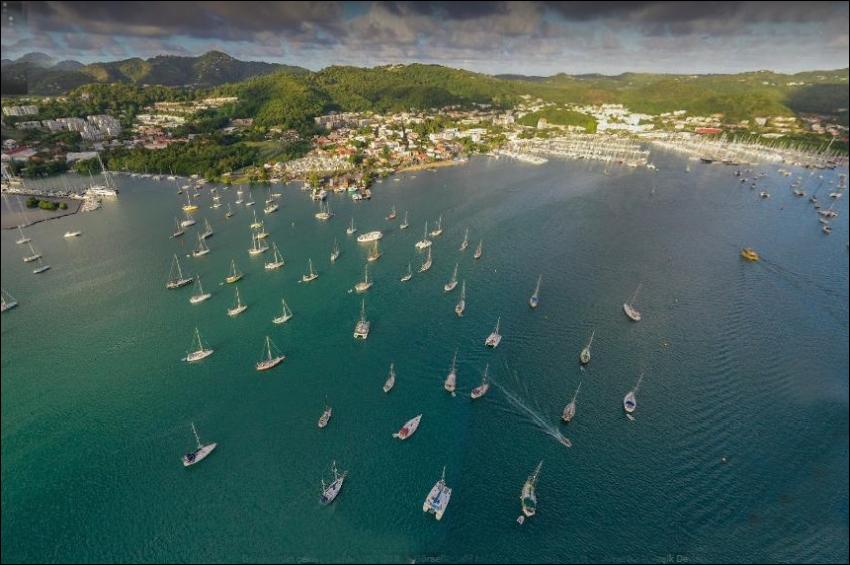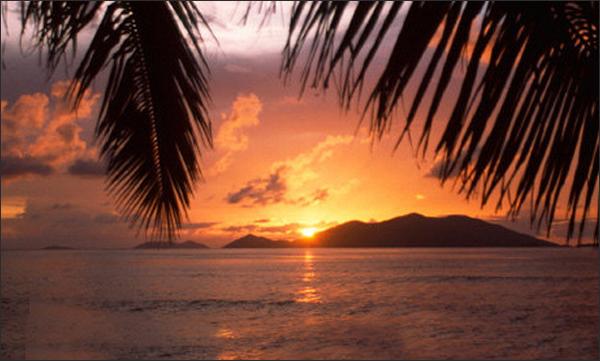Welcome to the Virgin Islands (VI) on Paradise Islands. The two separate island groups consist of the American isles “USVI” (Saint Thomas, Saint Croix and Saint John) and the British isles “BVI”; Tortola, Virgin Gorda, Jost Van Dyke, Anegada and a large number of smaller atolls including the world famous Necker Island resort.
The VI are are all part of the Caribbean Leeward chain at the very top of the Lesser Antilles archipelago. They are located south east of the Bahamas and just east of Puerto Rico. St Thomas in the USVI is often the first port of call for cruise ships departing from Old San Juan in Puerto Rico or Miami in Florida.
The BVI are not as developed and consist of over sixty separate isles. The main island is Tortola with the BVI capital Road Town. These are unspoilt romantic hideaways with white sandy beaches and turquoise waters.
The BVI are one of the most popular sailing destinations in the World attracting thousands of private boats which can explore the secrets of the 60 island chain and still feel like there is enough space for everyone. Little gems such as Norman Island (the inspiration for “Treasure Island”), Anegada, Cooper and Peter are just waiting to be explored.
The USVI consist of three larger isles of which the main one is Saint Thomas with it’s capital Charlotte Amalie. This is a busy town and the most popular cruise port in the Caribbean. The USVI capital town of Charlotte Amalie was named after a Danish Queen.
It has the best shopping opportunities in the USVI with a busy main street full of quaint shops and a colourful harbour front lined with old Danish buildings. The other main isles are Saint Croix and Saint John (which is stunning); together with some 25 smaller isles and cays.
The isles were first recorded by Christopher Columbus on his second voyage to the West Indies in November 1493. Columbus sailed past and named them after Saint Ursula and her 11,000 followers (“Santa Ursula y las Once Mil Virgines” or “Islas Virgines” for short). On this second voyage to the New World he did not stop at the Islas Virgines, but sighted and named Saint Croix (which he called “Santa Cruz”); Gorda, Tortola and Peter (“San Pedro”).
Columbus was headed for Hispaniola (now known as Puerto Rico and Haiti) with seventeen ships and over one thousand men to establish a permanent settlement and convert the natives of Hispaniola to Christianity. The previous year, on his first voyage to the West Indies, he had lost one of his three ships and he was forced to leave 39 crew behind on Hispaniola. When he returned in 1493, they had all been slaughtered by the native Caribs.
There was very little European interest in the Virgin Islands region for the next 169 years until the Dutch established the first permanent settlement on Tortola in 1662. Prior to this date and at some time before 1615, the Dutch privateer Joost van Dyk (an official “pirate”, authorised to raid and plunder); used Soper’s Hole as an operational base and later moved to Road Town in 1625.
